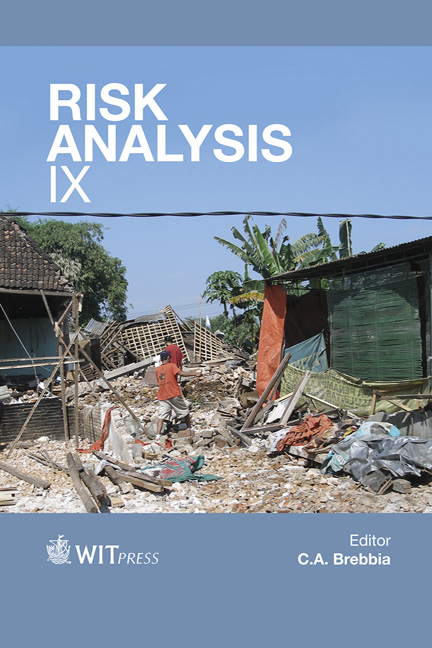The Acceptability Of Risks From Natural Disasters
Price
Free (open access)
Volume
47
Pages
7
Page Range
27 - 33
Published
2014
Size
349 kb
Paper DOI
10.2495/RISK140031
Copyright
WIT Press
Author(s)
D. J. Higson
Abstract
Engineers may need to design structures for loads imposed by natural occurrences such as earthquakes and meteorological events of various kinds. No matter what event is specified as a design base, something worse is always physically possible. Hence, engineering standards imply a risk of failure due to large but unlikely external natural events. This risk is accepted. Little account is taken of earthquakes, tsunamis, tornadoes and hurricanes in areas that are judged not prone to them but anything that is physically possible has a finite probability of occurring. Tsunamis are possible on any exposed coastline; earthquakes and storms can occur anywhere. The probabilities of such events vary enormously but are rarely zero. The acceptance of a risk by society depends more strongly on the nature of the risk than its size. This was clearly demonstrated by the disaster at Fukushima in March 2011. The earthquakes and tsunamis killed more than 15,000 people; radiation from the damaged Fukushima Daiichi nuclear power station killed no-one and is unlikely to have any public health effects; but fear of radiation has dominated public, media and political reactions to the disaster worldwide. In Japan, some risks to coastal communities from tsunamis are still accepted but the risk from nuclear power is considered by many to be unacceptable. Other nations, where tsunamis (the sole cause of damage to the nuclear plant) are not a matter of wide concern, have nevertheless turned away from the use of nuclear power. This means burning more fossil fuels, with greater industrial risks, environmental damage and harm to public health.
Keywords
risk, natural disaster, earthquake, tsunami, flooding, storm, meteorite, Fukushima, radiation.





